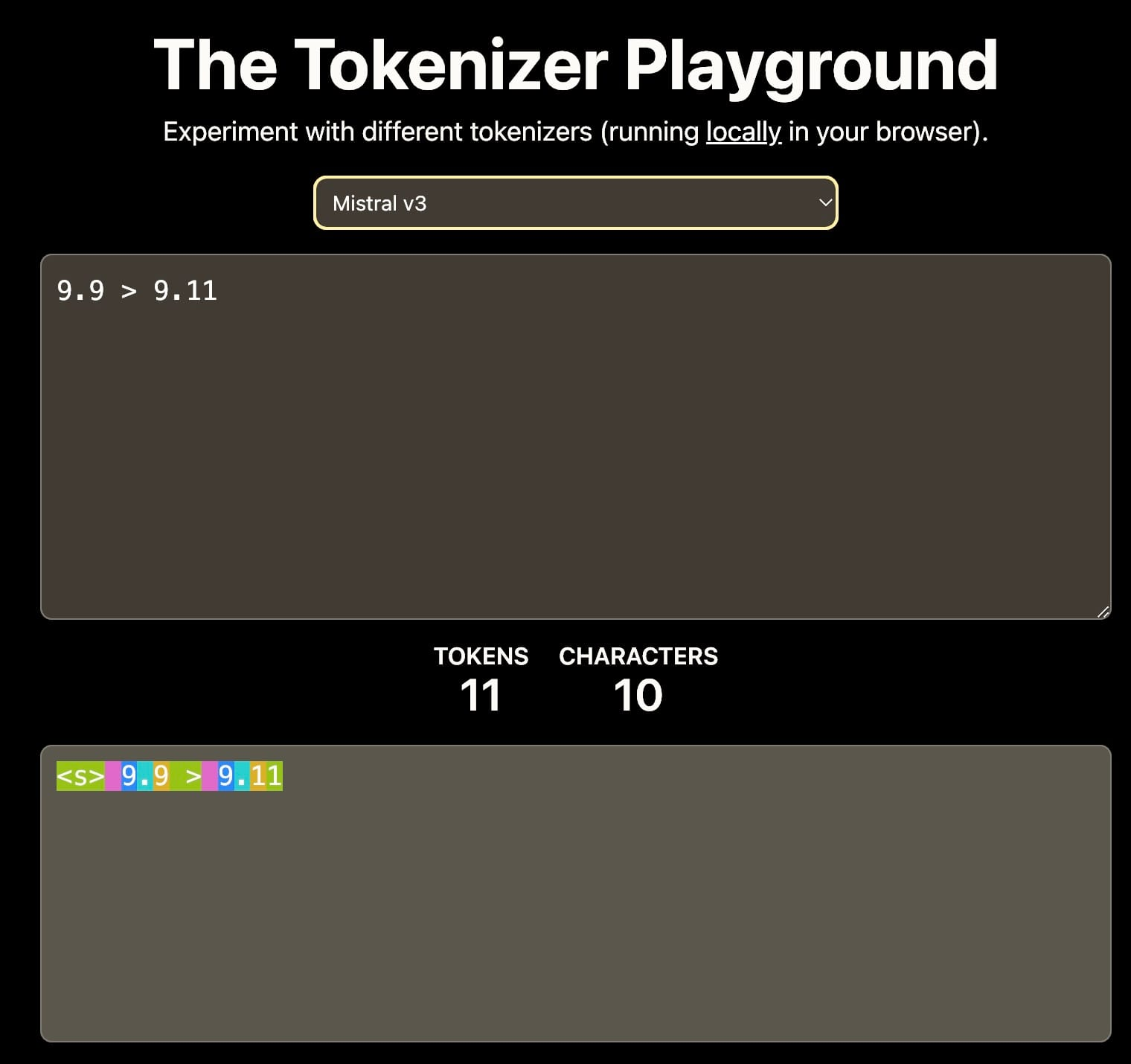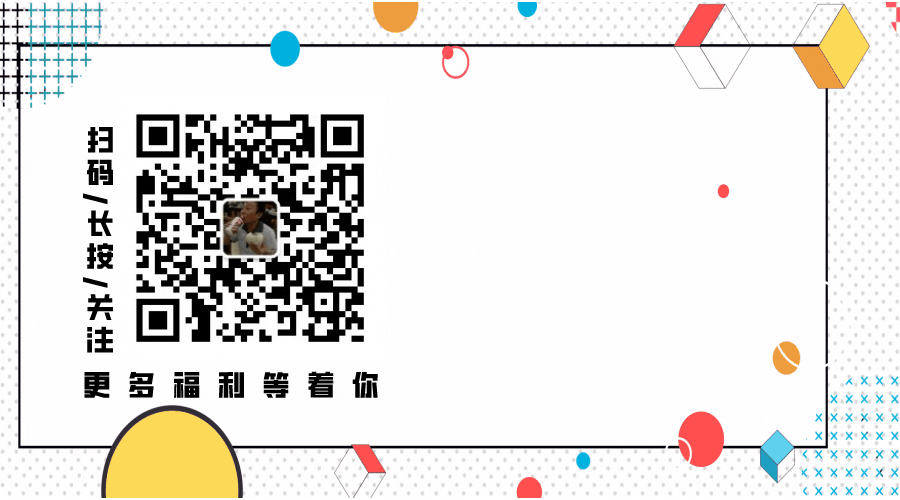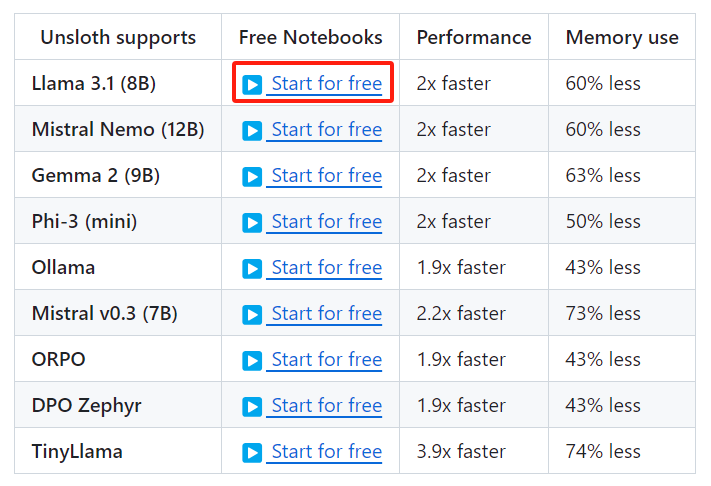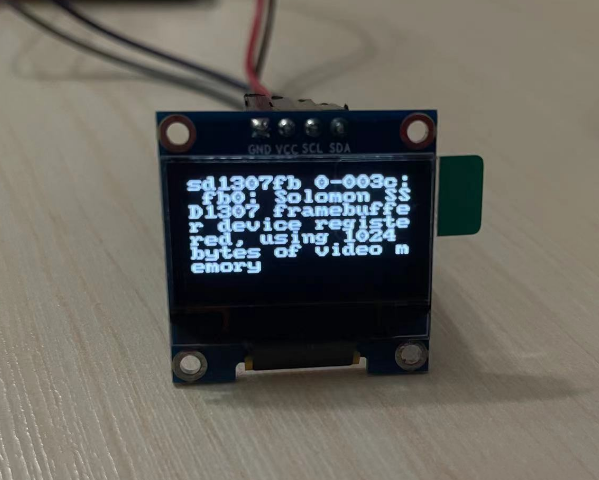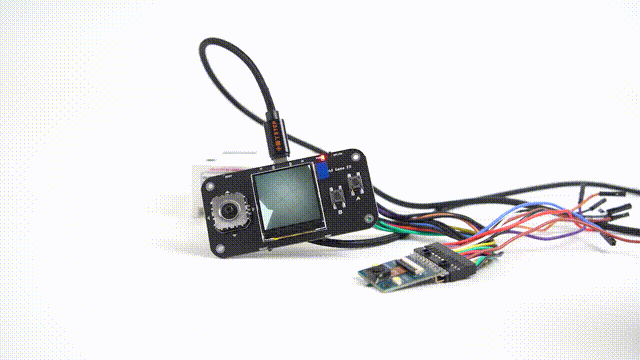文章目录
- Fragment的简单用法
- 动态添加Fragment
- 在Fragment中实现返回栈
- 碎片与活动之间的通信
Fragment是一种可以嵌入在Activity当中的UI片段,它能让程序更加合理和充分地利用大屏幕的空间。
Fragment的简单用法
先建一个空的项目,然后创建两个fragment文件。
编写fragment_left.xml和fragment_right.xml。
<LinearLayout xmlns:android="http://schemas.android.com/apk/res/android"
android:orientation="vertical"
android:layout_width="match_parent"
android:layout_height="match_parent">
<Button
android:id="@+id/button"
android:layout_width="wrap_content"
android:layout_height="wrap_content"
android:layout_gravity="center_horizontal"
android:text="Button"
/>
</LinearLayout>
<LinearLayout xmlns:android="http://schemas.android.com/apk/res/android"
android:orientation="vertical"
android:background="#00ff00"
android:layout_width="match_parent"
android:layout_height="match_parent">
<TextView
android:layout_width="wrap_content"
android:layout_height="wrap_content"
android:layout_gravity="center_horizontal"
android:textSize="24sp"
android:text="This is right fragment"
/>
</LinearLayout>
然后编写LeftFragment和RightFragment。
public class RightFragment extends Fragment {
@Override
public View onCreateView(LayoutInflater inflater, ViewGroup container, Bundle savedInstanceState){
View view = inflater.inflate(R.layout.fragment_right, container, false);
return view;
}
}
public class RightFragment extends Fragment {
@Override
public View onCreateView(LayoutInflater inflater, ViewGroup container, Bundle savedInstanceState){
View view = inflater.inflate(R.layout.fragment_left, container, false);
return view;
}
}
最后在activity_main.xml中使用Fragment。
<LinearLayout xmlns:android="http://schemas.android.com/apk/res/android"
android:orientation="horizontal"
android:layout_width="match_parent"
android:layout_height="match_parent" >
<fragment
android:id="@+id/leftFrag"
android:name="com.example.fragmenttest.LeftFragment"
android:layout_width="0dp"
android:layout_height="match_parent"
android:layout_weight="1" />
<fragment
android:id="@+id/rightFrag"
android:name="com.example.fragmenttest.RightFragment"
android:layout_width="0dp"
android:layout_height="match_parent"
android:layout_weight="1" />
</LinearLayout>

动态添加Fragment
新建一个Fragment文件,取名AnotherRightFragment,会自动创建对应的fragment_another_right.xml。
<LinearLayout xmlns:android="http://schemas.android.com/apk/res/android"
android:orientation="vertical"
android:background="#ffff00"
android:layout_width="match_parent"
android:layout_height="match_parent">
<TextView
android:layout_width="wrap_content"
android:layout_height="wrap_content"
android:layout_gravity="center_horizontal"
android:textSize="24sp"
android:text="This is another right fragment"
/>
</LinearLayout>
修改AnotherRightFragment文件。
public class AnotherRightFragment extends Fragment {
@Override
public View onCreateView(LayoutInflater inflater, ViewGroup container, Bundle savedInstanceState){
View view = inflater.inflate(R.layout.fragment_another_right, container, false);
return view;
}
}
修改activity_main.xml。
<LinearLayout xmlns:android="http://schemas.android.com/apk/res/android"
android:orientation="horizontal"
android:layout_width="match_parent"
android:layout_height="match_parent" >
<fragment
android:id="@+id/leftFrag"
android:name="com.example.fragmenttest.LeftFragment"
android:layout_width="0dp"
android:layout_height="match_parent"
android:layout_weight="1" />
<!--修改内容-->
<FrameLayout
android:id="@+id/rightLayout"
android:layout_width="0dp"
android:layout_height="match_parent"
android:layout_weight="1" >
</FrameLayout>
<!--修改内容-->
</LinearLayout>
修改MainActivity中的代码,实现动态添加。
public class MainActivity extends AppCompatActivity implements View.OnClickListener {
@Override
protected void onCreate(Bundle savedInstanceState) {
super.onCreate(savedInstanceState);
setContentView(R.layout.activity_main);
Button button =(Button) findViewById(R.id.button);
button.setOnClickListener(this);
replaceFragment(new RightFragment());
}
@Override
public void onClick(View v) {
switch(v.getId()){
case R.id.button:
replaceFragment(new AnotherRightFragment());
break;
default:
break;
}
}
private void replaceFragment(Fragment fragment){
FragmentManager fragmentManager = getSupportFragmentManager();
FragmentTransaction transaction = fragmentManager.beginTransaction();
transaction.replace(R.id.rightLayout, fragment);
transaction.commit();
}
}
首先左侧Fragment中的按钮注册了一个点击事件,然后调用replaceFragment()方法动态添加了RightFragment。
(1) 创建待添加Fragment的实例。
(2) 获取FragmentManager,在Activity中可以直接调用getSupportFragmentManager()方法获取。
(3) 开启一个事务,通过调用beginTransaction()方法开启。
(4) 向容器内添加或替换Fragment,一般使用replace()方法实现,需要传入容器的id和待添加的Fragment实例。
(5) 提交事务,调用commit()方法来完成。

在Fragment中实现返回栈
通过点击按钮添加了一个Fragment之后,这时按下Back键程序就会直接退出。FragmentTransaction中提供了一个addToBackStack()方法,可以用于将一个事务添加到返回栈中。在事务提交之前调用FragmentTransaction的addToBackStack()方法,它可以接收一个名字用于描述返回栈的状态,一般传入null即可。这样按下Back键就会回到了RightFragment界面,继续按下Back键,RightFragment界面也会消失,再次按下Back键,程序才会退出。
private void replaceFragment(Fragment fragment){
FragmentManager fragmentManager = getSupportFragmentManager();
FragmentTransaction transaction = fragmentManager.beginTransaction();
transaction.replace(R.id.rightLayout, fragment);
// 新加代码
transaction.addToBackStack(null);
// ------------
transaction.commit();
}
碎片与活动之间的通信
为了方便Fragment和Activity之间进行交互,FragmentManager提供了一个类似于findViewById()的方法,专门用于从布局文件中获取Fragment的实例。
RightFragment rightFragment = (RightFragment) getFragmentManager().findFragementById(R.id.fragmeny_right);
调用FragmentManager的findFragmentById()方法,可以在Activity中得到相应Fragment的实例,然后就能轻松地调用Fragment里的方法了。
在每个碎片中可以通过调用getActivity()方法来得到和当前碎片相关联的活动实例。
MainActivity activity = (MainActivity) getActivity();

